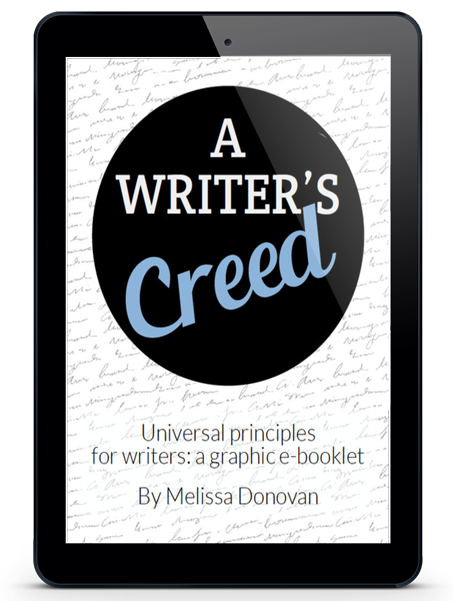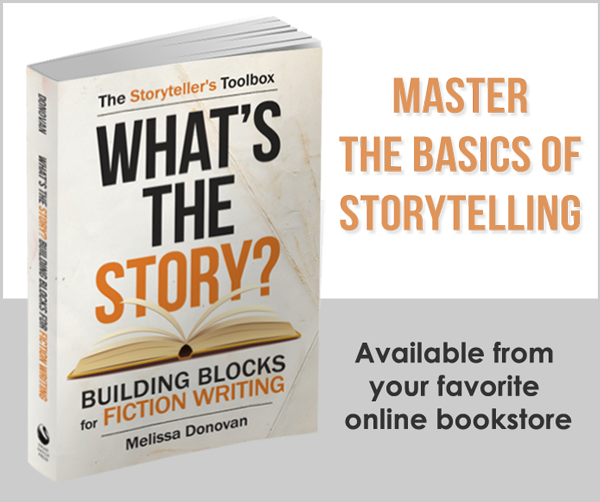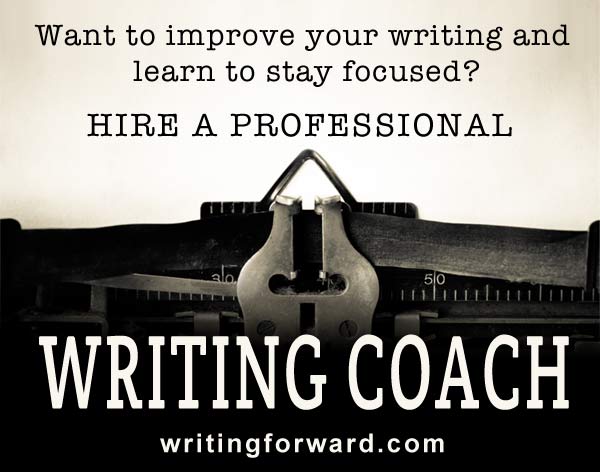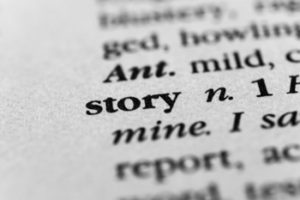
Sneak Peek: What’s the Story? Building Blocks for Fiction Writing
Today I’m sharing a look inside my book, What’s the Story? Building Blocks for Fiction Writing. This excerpt is from the introduction; it talks about the magic of storytelling and what you can expect from the book. Enjoy! What’s the Story? What’s a story? Is it character? Plot? Conflict? Change? Why do some stories fall…Read More
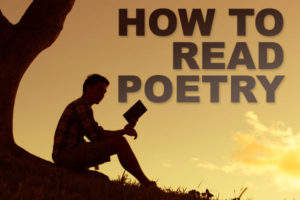
How to Read Poetry
Have you ever fallen in love with a song immediately upon hearing it? As soon as it’s over, you whip out your phone to find the song, and then you play it on repeat for the rest of the day until you know every note and lyric. It becomes your current favorite, your latest obsession….Read More
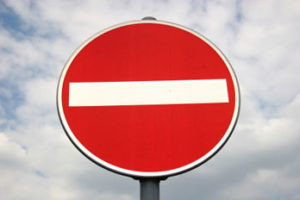
What’s The Difference Between Dashes and Hyphens?
To the passive reader, it’s a short horizontal line that appears somewhere in a text, usually joining two words together. To a writer, it’s something else entirely, but what? Is it a dash, a hyphen, or a minus sign? More than once, I’ve been pecking away at my keyboard and stopped suddenly when confronted with…Read More

A Guide to Writing Creative Nonfiction
Here at Writing Forward, we’re primarily interested in three types of creative writing: poetry, fiction, and creative nonfiction. With poetry and fiction, there are techniques and best practices that we can use to inform and shape our writing, but there aren’t many rules beyond the standards of style, grammar, and good writing. We can let…Read More

From 10 Core Practices for Better Writing: Revising Your Writing
I’d like to share a few excerpts from my book 10 Core Practices for Better Writing. “Chapter Three: Revision” explores the importance of revising your work and includes tips and ideas for editing and proofreading. Enjoy! “The best writing is rewriting.” – E.B. White We use the terms first draft or rough draft when we…Read More

15 Quick and Dirty Writing Tips
The first time someone told me, “show, don’t tell,” I had no idea what they were talking about. Show what? Isn’t writing, by its very nature, telling? I was a young writer and didn’t yet understand the many elements of good writing. But I kept hearing that advice over and over: show, don’t tell. Then,…Read More

Journal Prompts to Tickle Your Funny Bone
Have you ever tried to write comedy? It’s not easy. Comics form the ranks of some of the most talented artists in the world. The gift of laughter is a rich one, and writing funny material can enrich your work. After all, art must reflect life and life is a balance of highs and lows….Read More

Storytelling Exercise: Three Acts
Today’s storytelling exercise is an excerpt from my book, Story Drills, which is filled with fiction-writing exercises that impart basic techniques of storytelling. Today’s exercise is from chapter forty-five. It’s called “Three Acts.” Enjoy! The three-act structure is one of the simplest and most effective ways to outline or analyze a story and its structure….Read More

How to Develop Your Best Novel Writing Ideas
Writing a novel is no small task. In fact, it’s a momentous task. Some writers spend years eking out a first draft, followed by years of revisions. And that’s before they even think about the grueling publishing process. In other words, you’re going to spend a lot of time with your novel. So you better…Read More
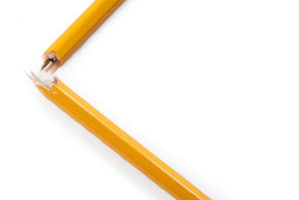
Breaking Grammar Rules in Poetry Writing
Accomplished writers respect the rules of grammar the way an acrobat respects the tightrope — grammar might be intimidating and complicated, but we need it in order to perform. Yet sometimes, an acrobat takes her foot off the tightrope. She does a flip or some other trick of physical prowess that seems to defy the…Read More

